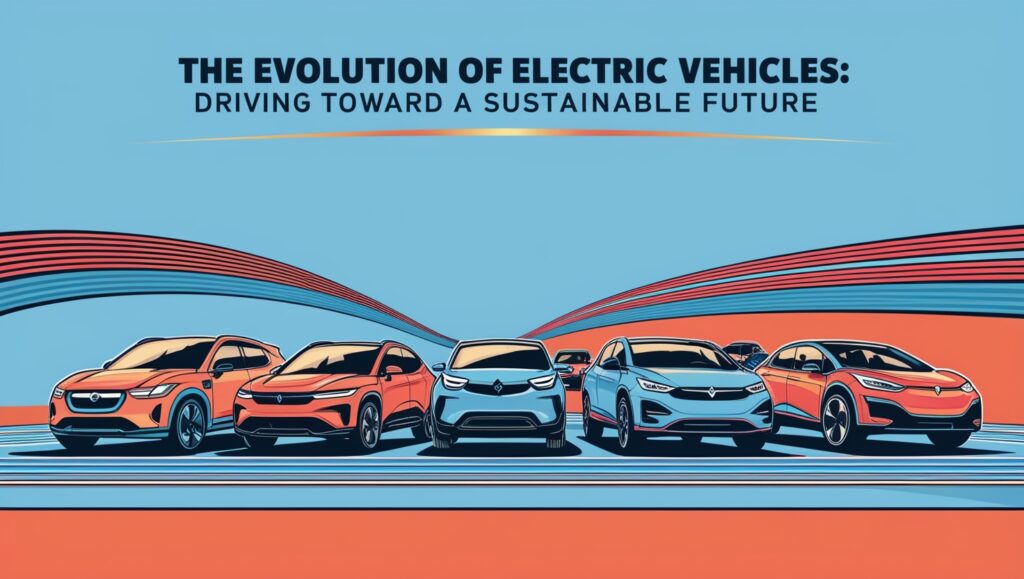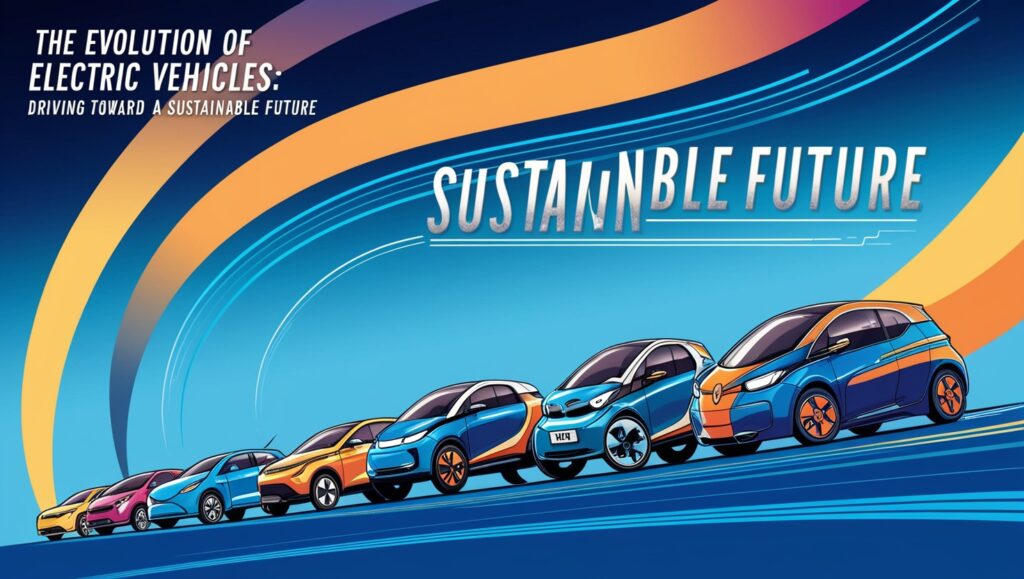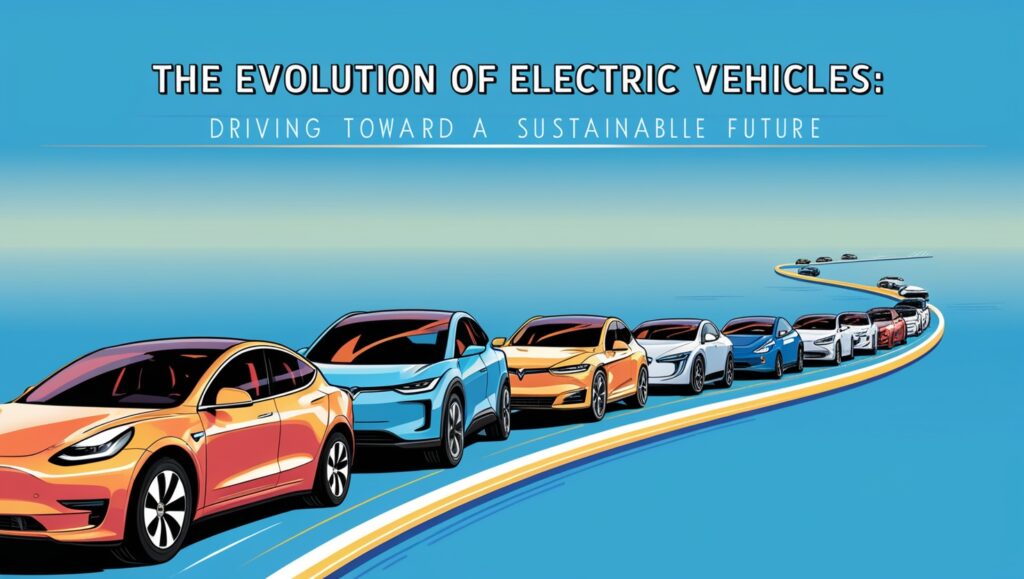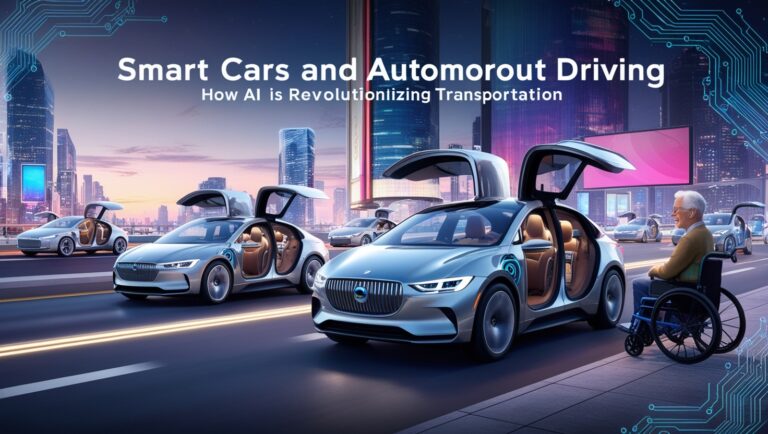The Evolution of Electric Vehicles: Driving Toward a Sustainable Future

Electric vehicles (EVs) have gone from niche products to mainstream solutions for sustainable transportation in just a few decades. As concerns about climate change and fossil fuel dependency grow, EVs are emerging as a key component of the global transition to cleaner energy.
The History of Electric Vehicles
The concept of electric vehicles is not new—early versions date back to the 19th century. However, the dominance of internal combustion engines (ICEs) and the lack of supporting infrastructure stifled their growth. The 21st century marked a turning point as technological advancements and environmental awareness revived interest in EVs.

Key Advancements in EV Technology
- Battery Technology
- Lithium-Ion Batteries: Modern EVs use lithium-ion batteries, offering higher energy density, longer range, and faster charging than older technologies.
- Solid-State Batteries: Emerging as the next big leap, these promise even greater efficiency, safety, and reduced charging times.
- Charging Infrastructure
- The development of fast-charging networks (e.g., Tesla Superchargers) has made EV ownership more convenient.
- Governments and private companies are investing heavily in expanding public charging stations.
- Range Improvements
- Early EVs struggled with limited range, but modern models like the Tesla Model S and Lucid Air can travel over 400 miles on a single charge.
- Renewable Integration
- EVs can now be paired with renewable energy sources, such as solar panels, for zero-emission charging.
Benefits of Electric Vehicles
- Environmental Impact
EVs produce zero tailpipe emissions, reducing greenhouse gas emissions and improving urban air quality. - Lower Operating Costs
EVs are more energy-efficient and have fewer moving parts, resulting in reduced maintenance and fueling costs compared to ICE vehicles. - Energy Independence
By relying on electricity, EVs help reduce dependency on imported oil, fostering energy security. - Technological Integration
Many EVs are equipped with smart features, including over-the-air updates, advanced driver-assistance systems (ADAS), and seamless connectivity.
Challenges Facing EV Adoption
- High Initial Costs
While EV prices are decreasing, they remain higher upfront than traditional vehicles, though incentives and lower running costs offset this over time. - Charging Accessibility
Lack of charging infrastructure in rural or underdeveloped areas remains a barrier. - Battery Recycling
Scaling up battery recycling and addressing the environmental impact of mining raw materials like lithium and cobalt is essential.
The Role of Governments and Industry
- Government Policies
- Countries worldwide are setting ambitious targets for EV adoption and phasing out ICE vehicles. For example, the UK plans to ban the sale of new petrol and diesel cars by 2030.
- Subsidies, tax incentives, and grants are encouraging consumers to switch to EVs.
- Automaker Commitments
- Major car manufacturers, including Ford, General Motors, and Volkswagen, are investing billions in EV development and pledging to transition to fully electric fleets in the coming decades.

The Road Ahead for EVs
The evolution of electric vehicles represents a revolution in transportation. As technology continues to advance, EVs will become more affordable, efficient, and accessible to a wider audience. Coupled with the global shift toward renewable energy and smart grid systems, EVs are set to play a central role in building a sustainable future.
By embracing electric vehicles, we are not just changing how we move— we are driving toward a cleaner, healthier, and more sustainable world.






